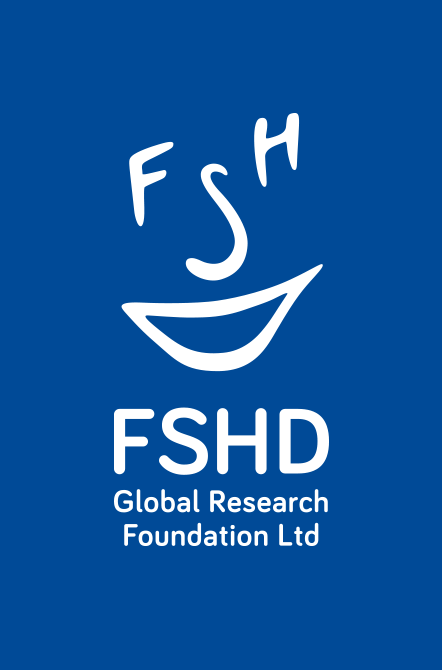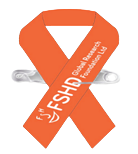GRANT 6
Research Institution: Faculte de Medecine de la Timone
Principle Investigator: Dr Frederique Magdinier
Type: International
Project title: “Deciphering the longdistance interactions of the D4Z4 array in control and FSHD cells”
Status: Completed
Summary
Facio-Scapulo-Humeral Dystrophy (FSHD) is the third most common myopathy with an autosomal dominant mode of inheritance. FSHD is caused by contraction of an array of repeated sequences, D4Z4, in the terminal region of chromosome 4 (4q35 locus). Several hypotheses have been proposed to explain FSHD. However, the mechanism of this pathology remains elusive and controversial due to the complexity of the 4q35 region and the absence of a clear “FSHD gene”. The lack of candidate genes and the deletion of repetitive elements linked to the disease indicate that FSHD is not the result of a classical mutation within a coding sequence but rather related to changes in chromatin organization and epigenetic alterations, possibly involved in the regulation of the DUX4 gene present within the repeat.
Thanks to FSHD funding, our goal was to test the function of D4Z4 on genome organization and regulation, to characterize the role of the distal variants (4qA and 4qB sequences) and identify new sequences, which might modify or contribute to FSHD pathogenesis and uncover the tri-dimensional organization of the FSHD locus in healthy and diseased muscles.
We recently showed that the 4q35 telomere replicated late during S-phage and that the interaction between D4Z4 and the nuclear lamina directly affects replication timing (Arnoult et al., In revision). We also showed that the 4qA region, which is important for FSHD together with shortening of the D4Z4 array, induces chromatin condensation in a histonedependent manner but independently of DNA methylation. On the other hand, the 4qBspecific region maintains a more open chromatin structure.
Our objective was then to understand how the reduction of D4Z4 number to a certain threshold reorganizes the chromatin of this locus and leads to the disease. To address these issues we developed the chromatin configuration capture technique (3C) in order to test the interaction of D4Z4 with other 4q35 sequences and identify new sites involved in the disease throughout the genome. These different sites identified by 3C will be confirmed by FISH and analyzed in samples from patients. We hope that this project will help to understand the function of D4Z4 in organizing the chromatin architecture in normal cells and understand how the reduction of this array to a certain threshold of repeats leads to FSHD through the identification of new candidate sequences.




